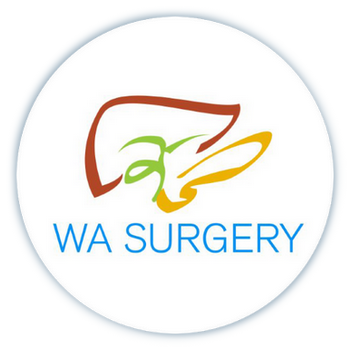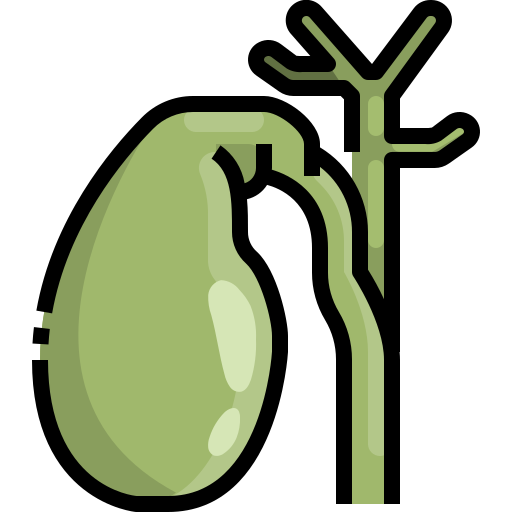
The gallbladder is a pear-shaped organ, connected with the common hepatic duct that lies under the liver. The gallbladder stores and concentrates bile, a yellow-green liquid, composed of water, lecithin, cholesterol, bile salts and bilirubin. Bile is produced by the liver and helps the digestion of fats.
Occasionally, stones may develop in the gallbladder or duct due to an imbalance in the ratio of cholesterol, bile salts, or bilirubin in the bile. The optimal ratio allows for bile to remain in a liquid state, however an imbalance will lead to the formation of stones.
If a stone lodges in the cystic duct or Hartmann’s pouch it can result in a blockage of the normal flow of the bile. This presents as severe pain in the upper abdomen. If the pain lasts for hours and resolves, then this is likely an episode of biliary colic, a gallstone temporarily blocking the cystic duct.

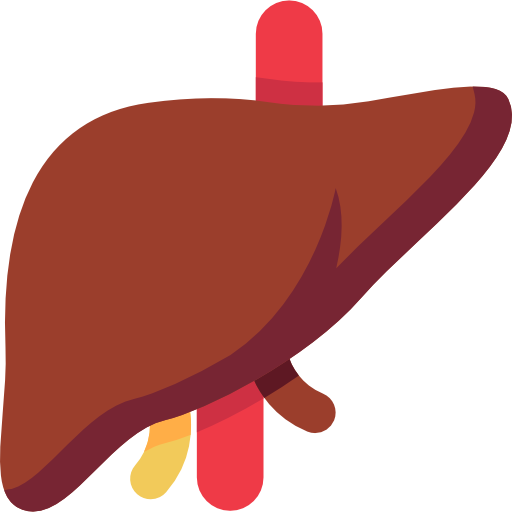
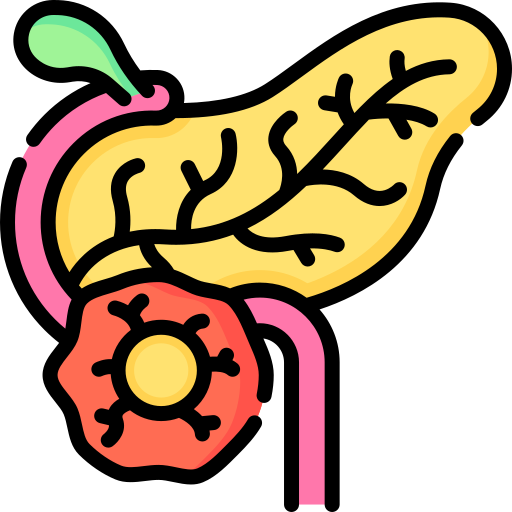
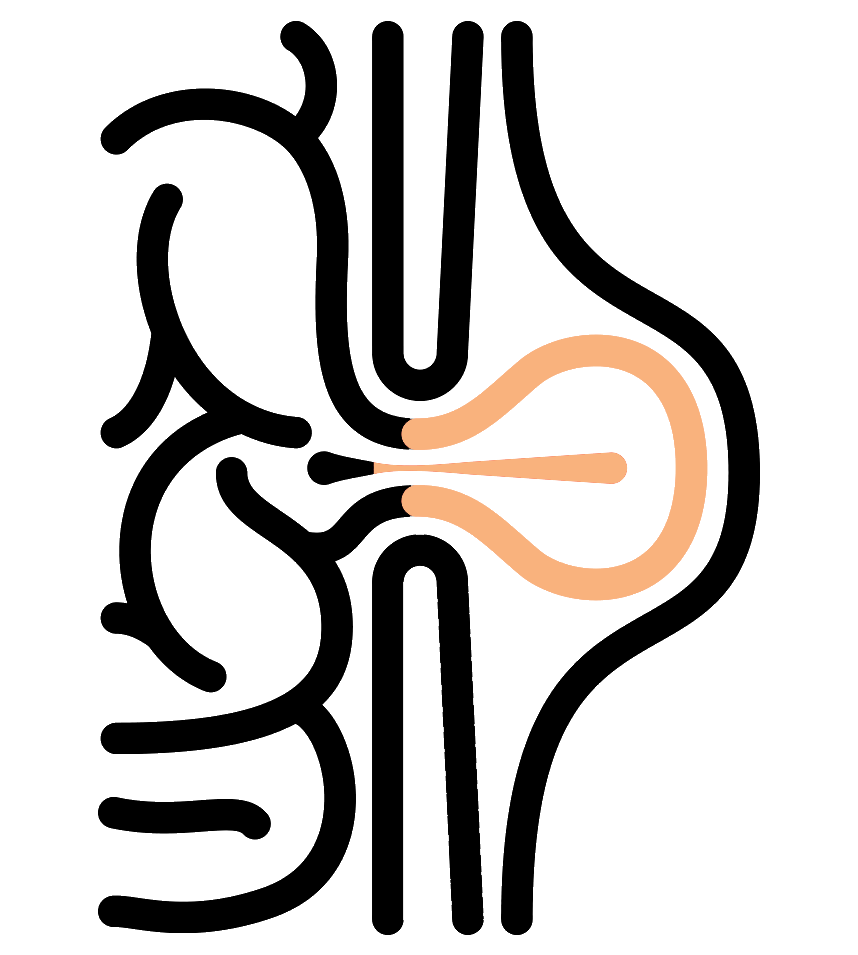
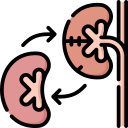
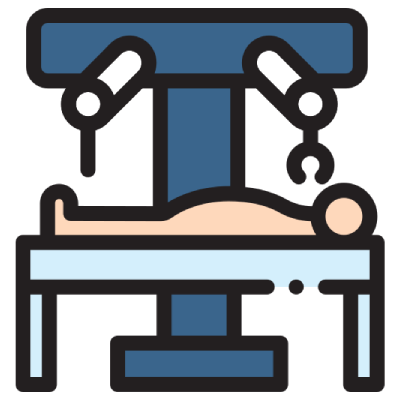
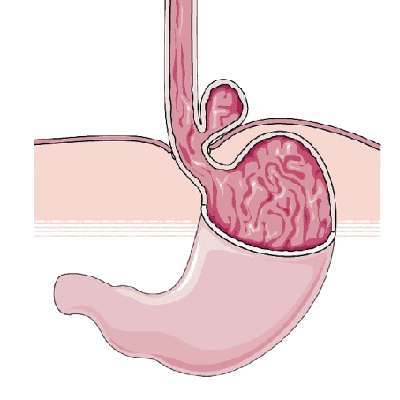
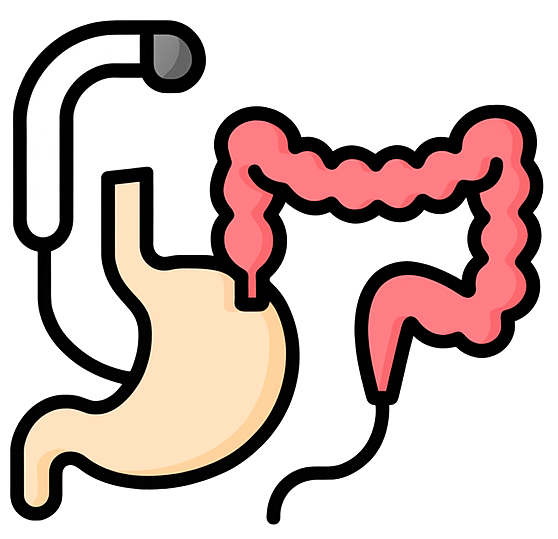
Gallbladder Surgery.
Dr Bhandari and Dr Idrees are leading Gallbladder Surgeons in Perth.
A laparoscopic cholecystectomy is a keyhole procedure for surgical removal of the gallbladder. It is safe and effective for patients who have symptoms from gallstones. The gallbladder is removed as well as the gallstones to prevent further gallstones forming.
To perform this operation, Our surgeons makes several small incisions on the abdomen through which he can insert surgical instruments and a small telescope (laparoscope). First, small incisions are made in the abdominal cavity so it can be inflated with carbon dioxide. This lifts the abdominal cavity away from the liver, gallbladder, small bowel, stomach and other organs. The camera attached to laparoscope sends a magnified image from inside the body to a video monitor, giving a close-up view of the organs and tissues on a screen. The operation is completed, while watching the screen, The operation involves placing small clips to block off the tube leading from the gallbladder to the other tubes (ducts) and the arteries leading to the gall bladder. These clips stay in your body and are harmless. At the time of Gallbladder surgery, Our surgeons will also examine the bile ducts. If gallstones have migrated into the bile duct, then often they can be removed via laparoscopic bile duct exploration or by ERCP using an instrument that goes through the mouth into the stomach and first part of the small intestine after this operation. Once the gall bladder is taken out, all the instruments are removed from the abdomen and the carbon dioxide gas released before the incisions are closed with stitches.
Meticulous surgical skill is required for this kind of surgery. Straightforward cases take about an hour.
If you are having gallbladder surgery, you may need to stay overnight in the hospital. In the rare instances where there is a complication of gallbladder surgery, it tends to be an injury to the bile ducts that in turn causes leakage of the bile inside the body; and this can be repaired with further procedures and/or surgery.
What to expect after your gallbladder surgery.
Some patients but not all experience one or more of the listed symptoms below:
Diet after gallbladder Surgery.
You do not need a gallbladder to digest food. Bile still flows from the liver to the intestine. You can usually eat a normal diet without any problems. However, some patients have mild abdominal pain or bloating from time to time. This may be more noticeable after eating a fatty meal.
For many operations Our surgeons will provide specific information sheets. All your medical records are kept private and confidential at the practice.
Follow up appointment.
Staff at the centre will give you details for a post-operative appointment 3-4 weeks after your discharge from the hospital.
Your message has been sent successfully…
